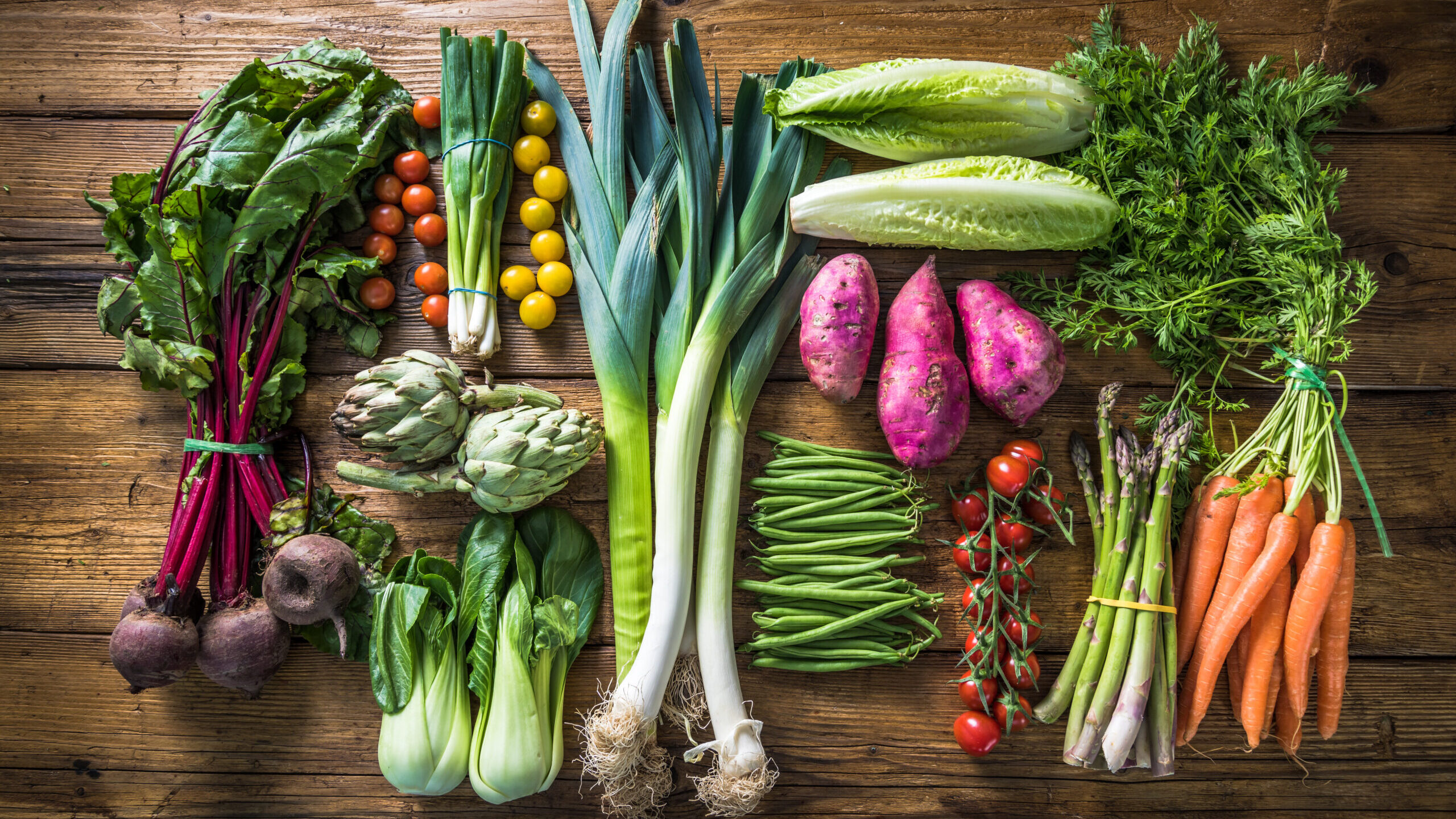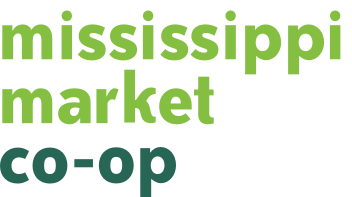
For every $1 you spend at your local co-op, $1.60 is generated in the local economy.
While this feels pretty magical, it’s not magic — it’s called the multiplier effect, and it tracks how money is recirculated in our immediate and larger community.
With that $1, the co-op turns around and:
- Purchases from local vendors (almost 40% of everything we buy!)
- This includes prioritizing local businesses for office needs like printing, supplies, etc.
- Creates local jobs with wages starting at $15/hour
- Donates to local nonprofit organizations together with our member-owners (over $150,000 annually!)
- Distributes profits back to our members (this year, more than $180,000!)
What does this look like?
We purchase food from local farmers. Then they use some of the money they receive from us to buy supplies from local sources, hire local technicians to repair their equipment, and purchase goods and services from local retailers. Similarly, our staff members spend a share of the wages they receive locally on things like food, entertainment and clothing.
According to the Cooperative Grocer Network, food co-ops have an economic multiplier of 1.6, while conventional grocery stores have a multiplier of 1.36. This means every $1,000 spent at a food co-op generates $1,604 in economic activity locally; $239 more than if that $1,000 were spent at a conventional grocery store. On a community wide scale, a co-op with annual sales of $10 million generates $16 million in local economic impact, whereas a conventional grocery store of the same size in the same community would have an economic impact of $13.6 million.
At Mississippi Market, sales to member-owners accounted for 76% of total sales last year — that’s $23.9 million that stays in our local economy.
What do we mean by local?
In addition to our beloved Saint Paul and Minnesota as a whole, our definition of local encompasses the five-state radius our products come from: Minnesota and neighboring Wisconsin, North and South Dakota and Iowa. Learn more about our local producers.
Source
Healthy Foods, Healthy Communities: Measuring the Social and Economic Impact of Food Co-ops. welcometothetable.coop.

